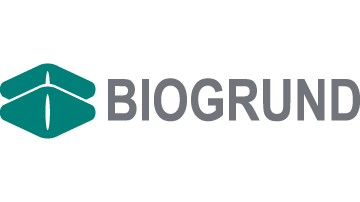The complexity of tablet production
The entire tableting process is very complex. The correct composition of active ingredients and ingredients in the tablet mass is the basic requirement for a successful compression. For example, the powder must flow evenly and must not stick to the punch of the tableting machine after compression during ejection. The tablet must also have a certain hardness for further processing. For example, if it to be covered with a film coating.
If problems occur during tableting that cannot be attributed to the machine, the development department must adjust the core formulation. This step could also be outsourced to save internal resources. External developers can conduct root cause research, adjust the formulation, and correct the problem with an adapted formulation. In most cases, only a small amount (1-5%) of another excipient needs to be added to the existing tablet formulation. Sometimes, however, it is necessary to replace an entire raw material.
Manufacturers can also outsource the entire development process. Or, in the case of upcoming formula changes, such as the replacement of undesired raw materials, they can call on external companies that specialize in this area. This frees up resources within the company itself and increases efficiency.
It is even easier to illustrate the savings that can be achieved by outsourcing development and production using the example of tablet film coatings. For example, a change from previous in-house solutions can be completely outsourced to companies that develop and produce a ready-to-use film coating formulation. The advantages are obvious. After all, quite a few film coatings usually consist of 5-8 ingredients. In the outsourcing model, the manufacturer himself then has only one product (instead of 5 -8 individual raw materials) to source, only one set of documentation to manage. In addition, the responsibility for consistent quality lies with the outsourced producer.
Film Coating Raw Materials. The graphic above compares the cost of an in-house process with that of the ready-to-use process. With the in-house principle, all film coating raw materials are procured in-house, whereas with the ready-to-use principle, the finished product for production is already supplied by a supplier. The latter variant shortens and simplifies both the procurement and the production process.
Benefits of ready-to-use film coating systems by BIOGRUND
Video. A comparison of classical film coating suspension production and our ready-to-use way





